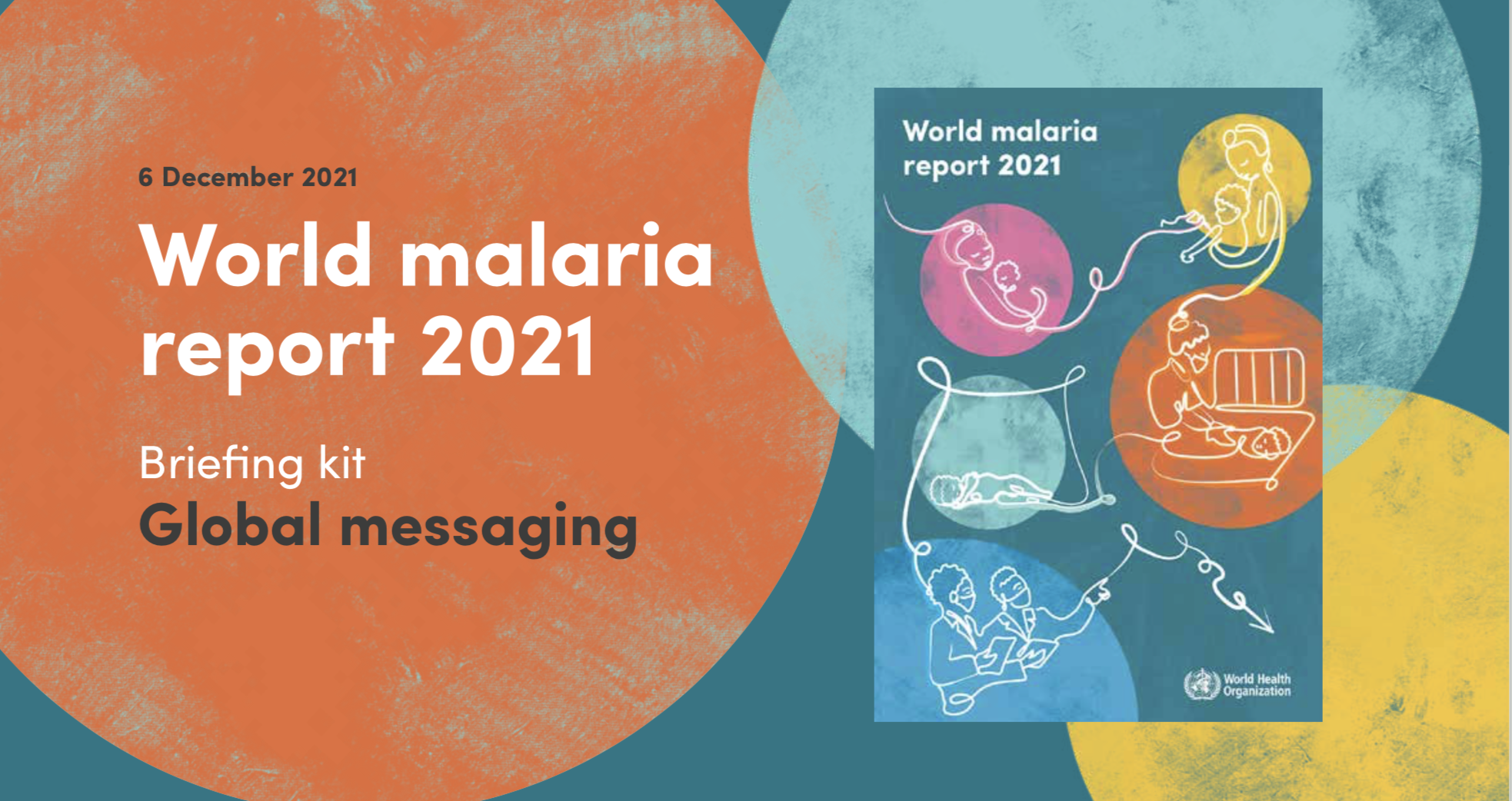26 Jan. 2022
Malaria on the rise in 2021!

Recent News

29 Mai. 2024

29 Mai. 2024



“Merci de nous avoir contacté, nous revenons au plus vite vers vous.”
L’équipe artemisia